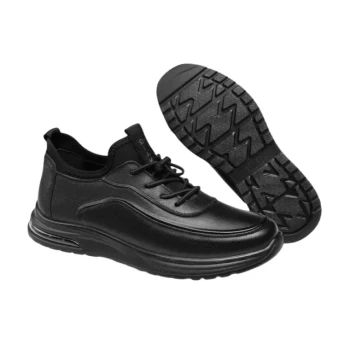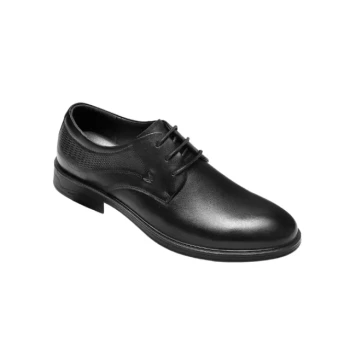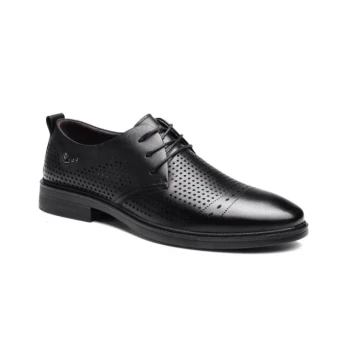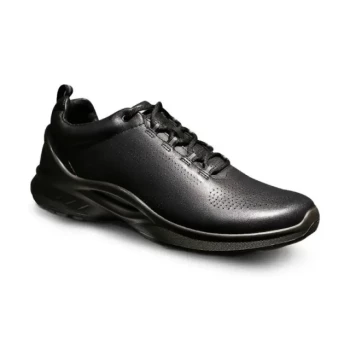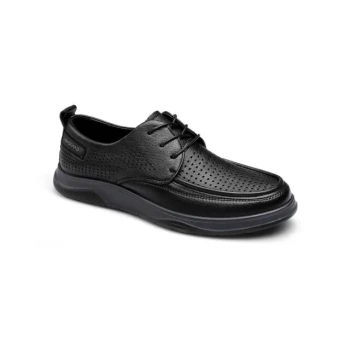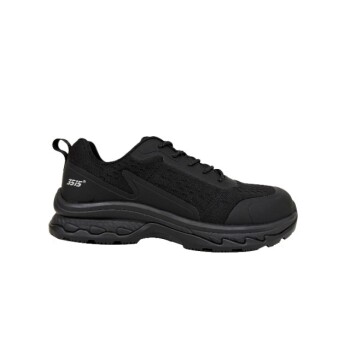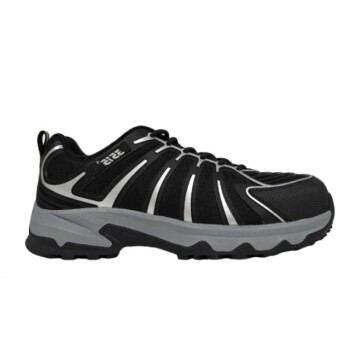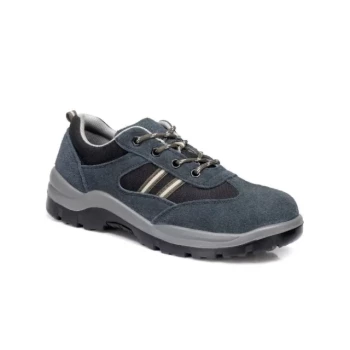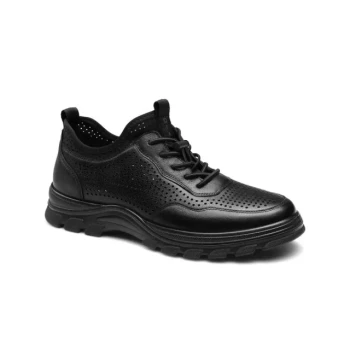The single most important objective when choosing shoes for looking good is to ensure they provide comfort and allow you to maintain complete control over your gait, balance, and posture. An aesthetically pleasing shoe is instantly undermined if it causes you to walk unnaturally or stand uncomfortably. True style is projected through confident and effortless movement, which begins with your feet.
The core principle is simple: You cannot look poised and confident if you do not feel stable and comfortable. The shoe's primary role in your appearance is to support natural movement, not detract from it.
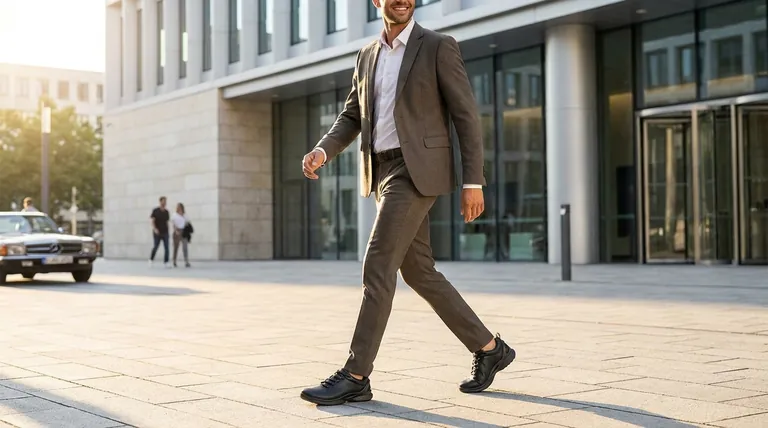
The Biomechanics of Looking Good
The way you move and hold yourself is a fundamental, often subconscious, part of your overall appearance. Ill-fitting or unsupportive shoes directly compromise this foundation, working against your goal of looking good.
The Critical Role of Gait
Your gait is your manner of walking. Comfortable, well-fitting shoes allow for a natural, smooth, and confident stride.
Shoes that are too tight, too high, or unsupportive force an altered, often awkward, gait. This can project an image of discomfort or uncertainty, regardless of how fashionable the shoes are.
The Foundation of Posture
Footwear is the base of your entire skeletal structure. The right shoes support proper alignment, allowing you to stand tall and maintain a strong posture.
Conversely, shoes that throw off your body's alignment can lead to slouching or an unnatural stance. Poor posture is visually associated with a lack of confidence and presence.
Balance as a Sign of Poise
Physical balance translates directly to the appearance of poise. Being steady on your feet is essential for projecting an aura of being in control.
Shoes that make you feel wobbly or unstable, forcing you to constantly correct your balance, detract from a polished and graceful appearance.
Understanding the Trade-offs
While the ideal is a perfect blend of style and function, it's critical to recognize the compromises involved when one is prioritized over the other.
The Myth of "Breaking In"
A quality shoe should be comfortable from the start. While some materials like leather will conform to your foot over time, significant pain or blistering is a sign of a poor fit, not a "break-in" period.
Sacrificing Health for a "Look"
Consistently choosing shoes that compromise your gait and posture can lead to long-term issues with your feet, knees, hips, and back. This is a high price to pay for a temporary aesthetic.
The Exception: Short-Duration Wear
For specific, brief events like a photo shoot or a short red carpet appearance, prioritizing form over function can be a deliberate choice. However, this should be treated as an exception, not the standard for your wardrobe.
Making the Right Choice for Your Goal
To apply this principle effectively, align your footwear choice with the demands of the situation.
- If your primary focus is all-day professional presence: Prioritize shoes that support your natural posture and gait, as sustained comfort is the key to projecting confidence for hours.
- If your primary focus is a high-impact social event: Select the most stylish shoe that you can still walk and stand in comfortably for the entire duration without compromising your poise.
- If your primary focus is building a versatile wardrobe: Invest in foundational footwear where classic design is fused with proven comfort and biomechanical support.
Choose footwear that empowers you to carry yourself with effortless confidence.
Summary Table:
| Key Objective | Why It Matters for Your Appearance |
|---|---|
| Comfort & Control | Ensures natural, confident movement instead of an awkward gait. |
| Support for Posture | Helps you stand tall and project a strong, confident presence. |
| Stable Balance | Creates an aura of poise and being in control. |
| Health Alignment | Prevents long-term issues, ensuring sustained style and well-being. |
Ready to build a footwear collection that combines superior style with unmatched comfort?
As a large-scale manufacturer, 3515 produces a comprehensive range of footwear for distributors, brand owners, and bulk clients. Our production capabilities encompass all types of shoes and boots designed to support natural movement and project confidence.
Contact us today to discuss your footwear needs and discover how we can help you deliver style that feels as good as it looks.
Visual Guide
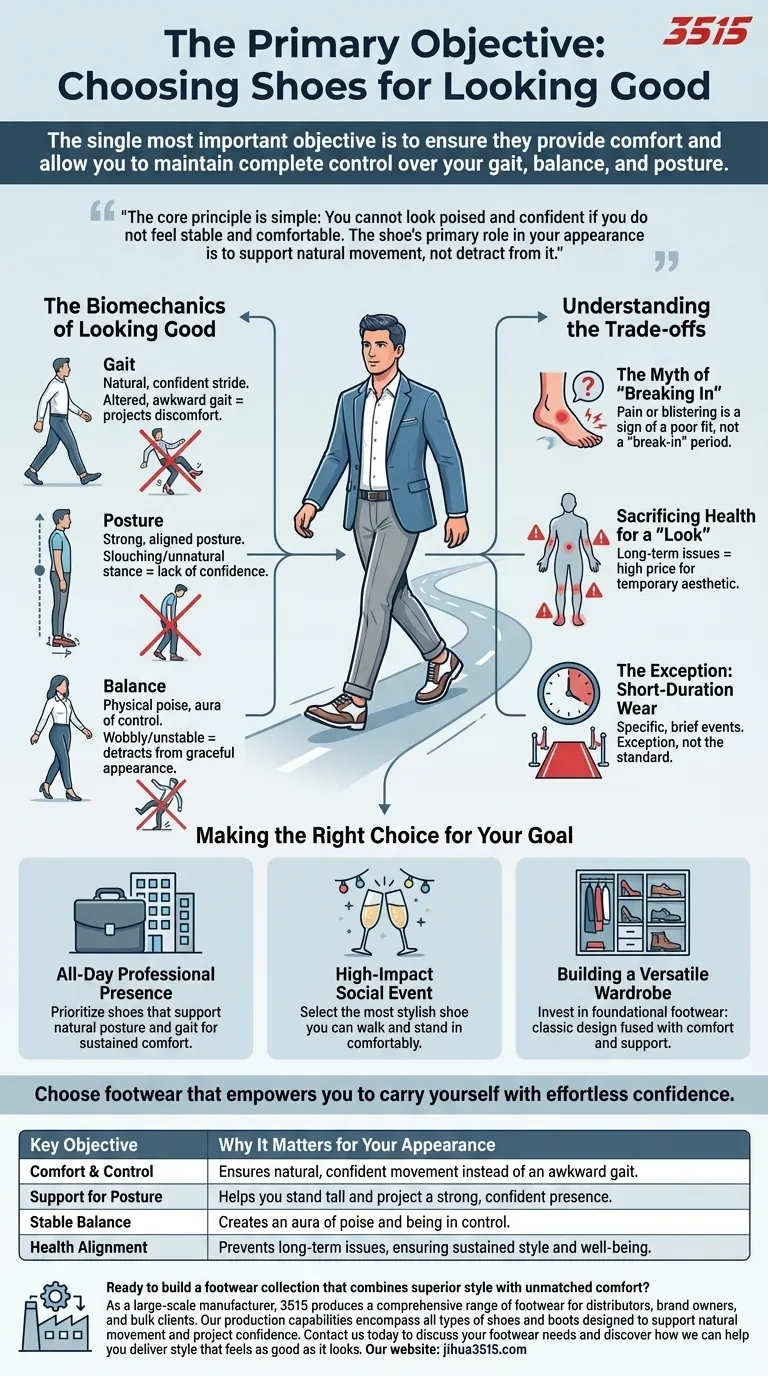
Related Products
- Wholesale Comfortable Business Casual Shoes Custom Manufacturing
- Custom Manufactured Air Cushion Leather Business Shoes for Wholesale
- Wholesale Leather Derby Shoes Manufacturer | Customizable Business & Dress Footwear
- Classic Leather Derby Dress Shoes Wholesale & Custom Manufacturing
- Wholesale Modern Business Shoes with Dial Closure System for Bulk Orders
People Also Ask
- What types of dress shoes are recommended for formal occasions? A Guide to Impeccable Style
- Are brown dress shoes appropriate for formal events? A Guide to Choosing the Right Shoe
- What are the key considerations when choosing dress shoes for formal occasions? A Guide to Style, Color & Quality
- What is business casual shoes? Master the Perfect Blend of Professional Style and Comfort
- What are the long-term benefits of investing in quality dress shoes? Save Money & Boost Your Style

